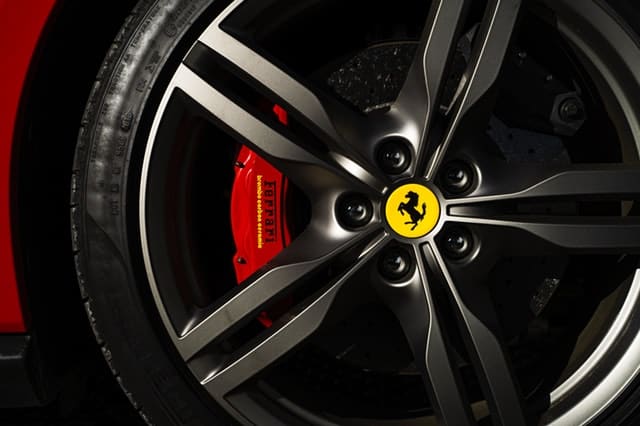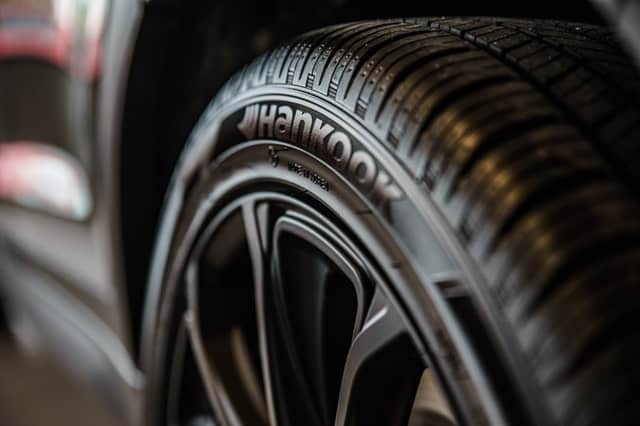
Service tire centers are coming out with a new strategy. There is a new trend of inflating the tires with nitrogen. The concept claims that it will prevent corrosion. Similarly, the design may increase the life of the tire.
Nitrogen is always compatible with air. Typically, as you fill your tire from a compressor, 78% is still nitrogen. The remaining 21 % is oxygen. There is a minute percent that is miscellaneous gases.
So, can you mix air and nitrogen in tires? It is a question that many keep asking themselves. Keep reading as we discover the answers in the following section.
Can you mix air and nitrogen in tires?

Indeed, there is no harm to inflating your tire with nitrogen. Precisely, the composition of air within the tire has to be more than 93%. As you reach that target, you will consider it as a nitrogen-filled tire.
When the tire has nitrogen, it will not affect the tire monitoring sensor. The role of the sensors is to determine the compressed gas pressure. The sensor will work well despite the nature of the gas within the tire.
Benefits of mixing nitrogen into the tires
As you fill your tires with nitrogen, they will have the edge over others. The following are benefits of having nitrogen-filled tires:
1. Improved tire pressure retention
Changes in temperature accelerate pressure loss in tires. For example, your tire will lose pressure for every 10-degree change in temperature. Since nitrogen is stable, it rarely sips through tires. Oxygen tends to move out quickly.
2. Better fuel efficiency
A research study by EPA indicated as follows. If you drop 1psi in all the tires, the vehicle’s gas mileage reduces by 0.3%. Nitrogen tires will not lose pressure easily. Hence, such tires can serve as alternatives for you to increase fuel-efficiency.
On the other hand, underinflated tires will place a demand on fuel economy.
3. Stable Pressure
Do you know that air has water in it? As the tires heat up, the water will change into gas and enhance tire pressure. Typically, nitrogen is usually dry; hence pressure will not fluctuate. As a result, the tire will be stable.
Nitrogen is always vital as it prevents the wheel from rotting. Modern cars have alloy wheels. The treated wheels will not react with water to cause any rust.
4. They are eco-friendly
Every year, more than 300 million tires undergo damping. By using tires with nitrogen inflation, it can lower the amount by 30%. Moreover, it saves fuel as a way of preserving the environment. It will cut down carbon emissions. By doing so, you will keep the environment green.
5. Increased Safety
The underinflated tires are responsible for at least 90% of the blow-outs. As you use nitrogen-filled tires, they give a stable pressure. In return, they will lower the blow-out potential.
Disadvantages of using nitrogen

1. It is Costly
It is expensive to fill your tires with nitrogen. The nitrogen service stations will charge $5 more. Other air filling gases make it a free service. Suppose you check the tires monthly; your budget may shoot to more than $ 60.
2. Top-up stations are rare
The nitrogen filling stations are not readily available. If any, you have to endure the queue, especially on a busy day. In case you fill the same tire with regular air, it may dilute the nitrogen. Consequently, it will drain the benefits.
Is it worth it?
Can you mix air and nitrogen in tires and reap excellent benefits? Yes, you will experience better performance of your vehicle. Nitrogen is among the inert gases hence will not react with materials.
Plus, nitrogen is corrosion resistant. In our case, nitrogen will resist any leakage. The molecules on nitrogen will not sneak through the tire. Oxygen molecules can pass through rubber molecules effortlessly.
The inert property of nitrogen makes it suitable for a race car. Furthermore, you can use it for heavy-duty equipment and aircraft. Nitrogen filled tires are ideal for usage where constant air pressure is crucial.
Besides, you can use nitrogen-filled tires on particular vehicles. They should be those that you do not use frequently. The tire usually loses one pound of pressure monthly. Remember, you will encounter some shortcomings as you use nitrogen.
The Way Forward
Nitrogen filled tires are proving to be useful as you operate them. They come with some excellent benefits as compared to other air-filled tires. The air-filled tires will not maintain a stable pressure for too long.
In the meantime, if you want to improve your tire life, then use nitrogen-filled ones. The only difference will be on operational costs.
As a regular user of the vehicle, you may need to cut costs on your tire. Depending on your budget, you can choose the nitrogen-filled tires. In case you cannot manage them, you may settle for air-filled ones.
It could be best if the traders increased the number of nitrogen filling stations. In the current situation, they are not common in every city. You will have to travel for a considerable distance to locate these stations.
Alternatively, they can reduce the filling fees. The arrangement is to encourage more people to use nitrogen-filled tires. Nitrogen filled tires are eco-friendly. Environmentalists will have a reason to afford a smile.
As a vehicle operator, you will enjoy the ride when your tires are in better condition. Also, safety will be a guarantee.
In Conclusion
We live in a tech-savvy society. As a result, many inventions are inevitable. It should not be a surprise to encounter better methods that are superior to the current ones. Better tire performance is a product of innovations.
Nitrogen filled tires can perform better than the former. The only downside that comes along is the operational costs. If the fees are not a big issue, then you can settle for them as your tires of choice.
So, can you mix air and nitrogen in tires? The answer is affirmative.Overall, nitrogen filled tires are superior to use.








